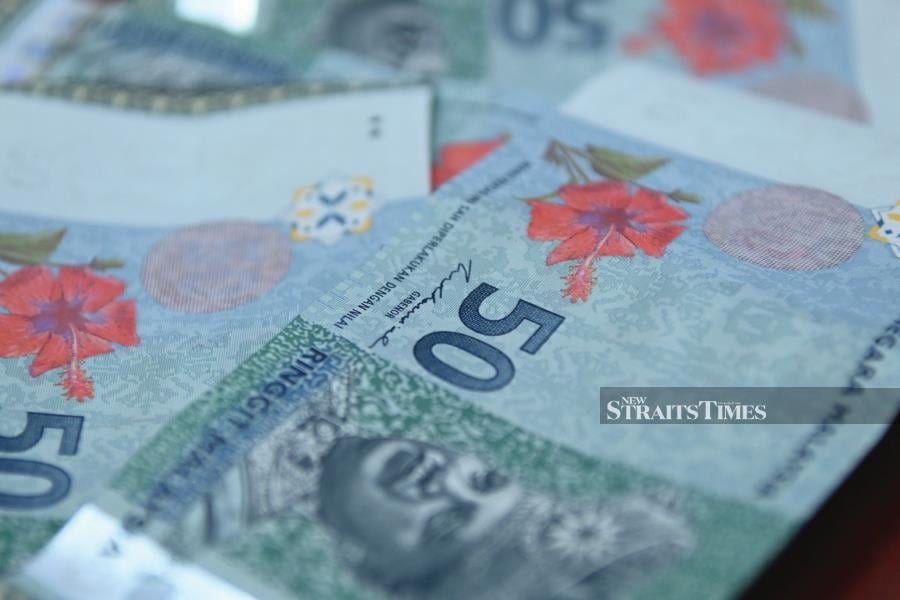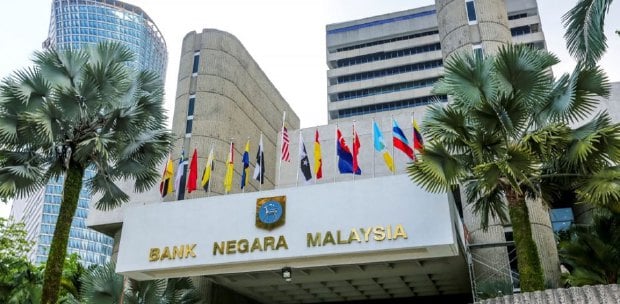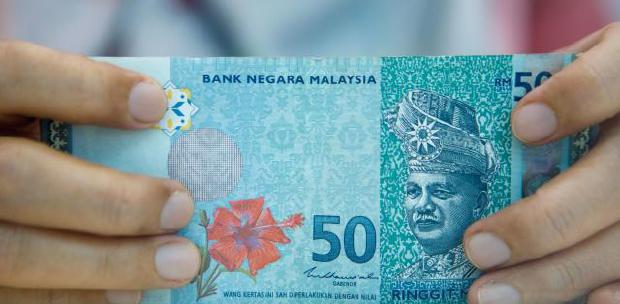Let us examine two recent episodes in recent memory during which the Malaysian Ringgit lost a significant amount of its value.
During the 1997–98 Asian Financial Crisis, Malaysia faced a crisis of confidence. The Ringgit plummeted suddenly. This crisis also affected several other East Asian currencies. This is the so called 'herd mentality' describing a situation where investors panicked, and started fleeing from Malaysia and the East Asian region. This is depicted by the red shade in the pictograph.
Whereas from 2014–2023, Malaysia faced the gradual erosion of competitiveness. The value of the Ringgit has been gradually declining, reaching RM4.80 per USD on February 20th, 2024. This is depicted by the green shade in the pictograph.
This decline in the value of the Ringgit corresponds with the gradual decline in the country's competitiveness ranking, dropping from the 12th place in 2014 to the 32nd spot in 2022, the lowest ranking ever. Fortunately, in 2023, there was a rebound, and we find ourselves in the 27th spot in global competitiveness.
Looking at the broader picture, compared to 2014, the country's competitiveness has significantly fallen in 17 out of 20 competitiveness sub-indices. We need to enhance our competitiveness.
Leading economist Professor Tan Sri Dr. Noor Azlan Ghazali points out that our focus must be directed towards manageable affairs. He pointed out that there are three common policy delays that must be avoided:
1. Delay in identification (recognition lag)
2. Delay in decision-making (decision lag)
3. Delay in execution (execution lag)
Professor Noor Azlan Ghazali asks the following important questions: as to whether it is clear what actions will be taken, when they will be implemented, and who is responsible for their execution? He stresses that we cannot rely on vague expectations that someone will take care of it, this is wishful thinking. Remedial actions must be specific. And it's progress must be monitored.
While, the decline in competitiveness is worrisome. However, to be fair, there are numerous other factors at play.
For example, several external factors, such as the rise in US interest rates, China's economic woes, and geopolitical tensions, have contributed to the Ringgit's depreciation.
China is Malaysia's largest trading partner, and the ringgit moves in the same direction as the Chinese currency. When China devalued its currency against the US dollar in 2015, the ringgit too depreciated in tandem. Again, to be fair, around that time, commodity prices fell and the US Federal Reserve began to wind down their quantitative easing actions.
This brings us to the issue of whether the depreciation of the Ringgit is better addressed through competitiveness enhancement policies by Putrajaya. Or instead, monetary policies conducted by Bank Negara Malaysia (BNM) is the better way to handle this issue.
Ultimately what matters is that a significant and sustainable impact is achieved. In this vein, recently, BNM governor Datuk Abdul Rasheed Ghaffour said the ringgit is undervalued, given Malaysia's positive economic fundamentals and prospects, He further added that the ringgit ought to be traded higher. But, in the first place, why must BNM step up its engagements with government-linked investment companies, corporations, and investors.
Shouldn't publicly funded think tanks be doing the above? Why is there a deafening silence of premier Malaysian think tanks? Or perhaps they are operating under the radar, in silos. And in this context, what actually is the role of the Malaysian Industrial Development Authority (MIDA)?
Recently Datuk Seri Anwar Ibrahim's announced Malaysia's highest-ever approved investment of RM329.5 billion in 2023. Yet, this news should be taken with a pinch of salt. Why so, one may ask? Simply because, as its name suggests, these are merely approved foreign investments. It represents commitments that have yet to materialise fully, such as in the form of the establishment of factories and the employment of workers.
The Chairman of MIDA ought to explain why MIDA likes to report investments approved instead of investments realised? Surely he ought to know that this is akin to counting eggs before they hatch, but then again, knowing his track record of approving dubious investments, he might cheekily reply that it is the chickens that ought to be counted!
Let us not forget that last year, a similar trick of deception was arranged, whereby 19 MOUs, which were claimed to bring RM170 billion in investment to Malaysia, were announced. Surely these high value approved investments in the country would have mitigated the weakening ringgit against the US dollar, but clearly this is not the case.
Instead what is needed for sustained economic growth is a holistic assessment of the entire investment journey, beyond just approvals. If these MOUs were under the responsibility of MIDA, then the chairman must account for this issue, and explain what due diligence actually took place and why no details were provided to the press.
*The writer currently serves as a Senior Consultant at Global Asia Consulting (GAC) and has a background as a senior researcher at the Malaysian Institute of Economic Research. The viewpoints articulated are solely those of the author





